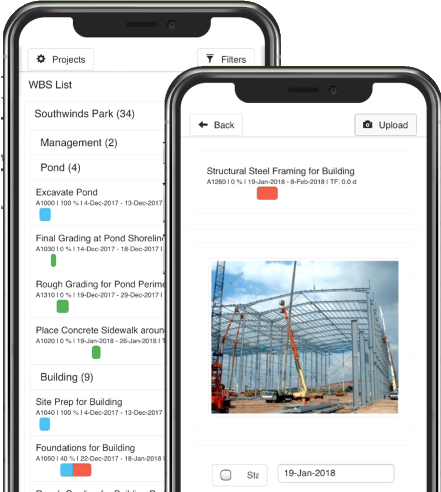Making the decision on a technology purchase can be daunting at times. There is such a wide range of options, no matter the product category. Think of buying a hi-def home surround system versus a sound bar. An Indy race car vs a daily driver. Enterprise platforms vs software tools.
If you’ve gotten to this point, you should have figured out I’m interested in the software comparison.
I’ve been involved with organizations implementing enterprise type software platforms. In 2003, I was introduced to one of my favorites, still to this day, Prolog. I’ve looked at some of the recent additions to this space, and the funny thing is, the data fields, (RFI #, date sent, date received, etc) are all the same. The marketing has changed. Since I graduated college in 2000, I’ve been using a version of Primavera scheduling from Suretrack to P3 to P6. Guess what? The data fields are still the same there too.
Scheduling software has become increasingly difficult with each new twist thrown into the mix. SureTrack was pretty easy to use, great for contractors. P3 was complex and required full time practitioners, probably to blame and partially to credit for scheduling becoming a profession. P6 combined the two in a powerful but easier to navigate user interface, but the database installation and administration is a considerable lift for organizations. (Enough so there’s a market to outsource the database hosting!) With the advent of 3D BIM models, it is now possible to produce a movie of the construction by linking the schedule file to the 3D model. Now, AI is making its way into scheduling software interfaces as well.
Without race cars, our daily drivers wouldn’t be what they are today. Without technology pushing the boundaries, innovation is stifled as well. But at a certain point, you have to question whether you need an Indy race car to drive to work.
On our consulting assignments, I took note of the organizations I was consulting to. They were industrial general contractors in the range of $50mil to $500mil annual revenues. Most of them still used excel for a majority of their project controls. Their staffing levels, on a percentage basis, varied widely due to and based upon the projects they had underway. Complex, enterprise software systems would require more IT and staff training than the benefit they’d realize.
As a result of P3 and P6, scheduling carried a perception of happening in a black box that no one wanted to understand. When I handed over the first three week look ahead planner in a proprietary excel sheet, the superintendent was amazed. He could actually look at the schedule activities from P6 and manipulate the dates in an easy to use format, without the need for a professional scheduler interpreting his work and operating the software.
SiteWalker was developed to promote that same empowering experience. We’ve stripped out the complex parts of the black box. We’ve made it so anyone can review and update the schedule from anywhere, on any device. The user interface is built around mobile. It has offline capability if a good signal isn’t available on the job-site. You don’t need a complex data configuration to get the schedule into our system-just an exported xer. It’s built so you can implement it on any project, at anytime, with anyone on the job-site.
There are a lot of high-end technology solutions to choose from. Scheduling is no different. SiteWalker is meant to be the right size for companies that want their team to contribute to the scheduling process.
For more information, contact us!
